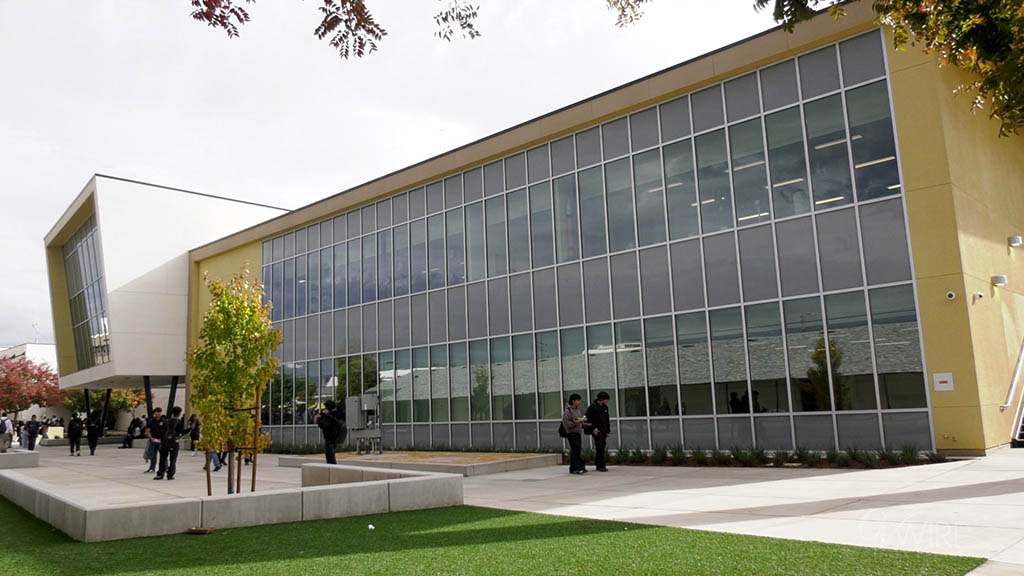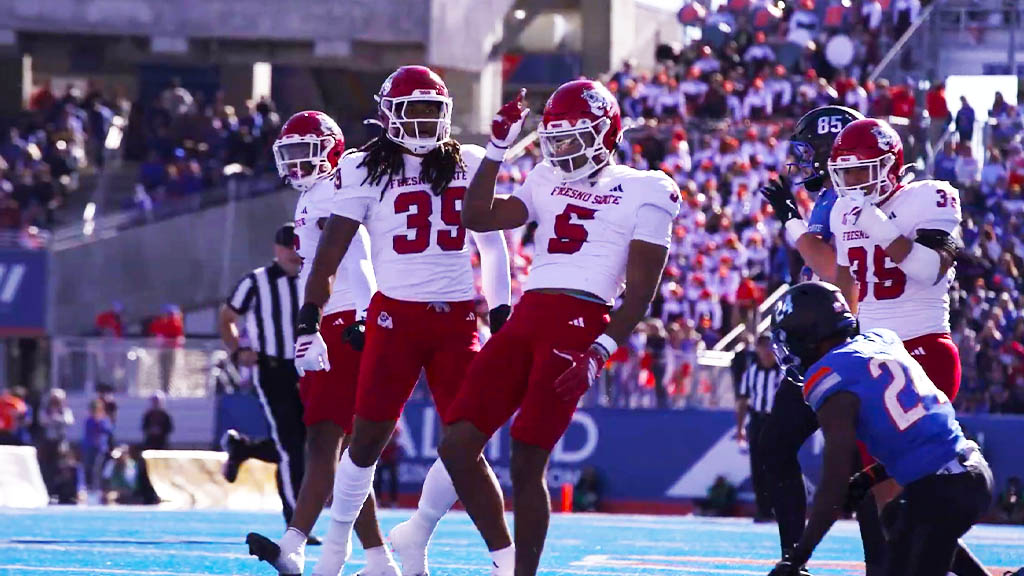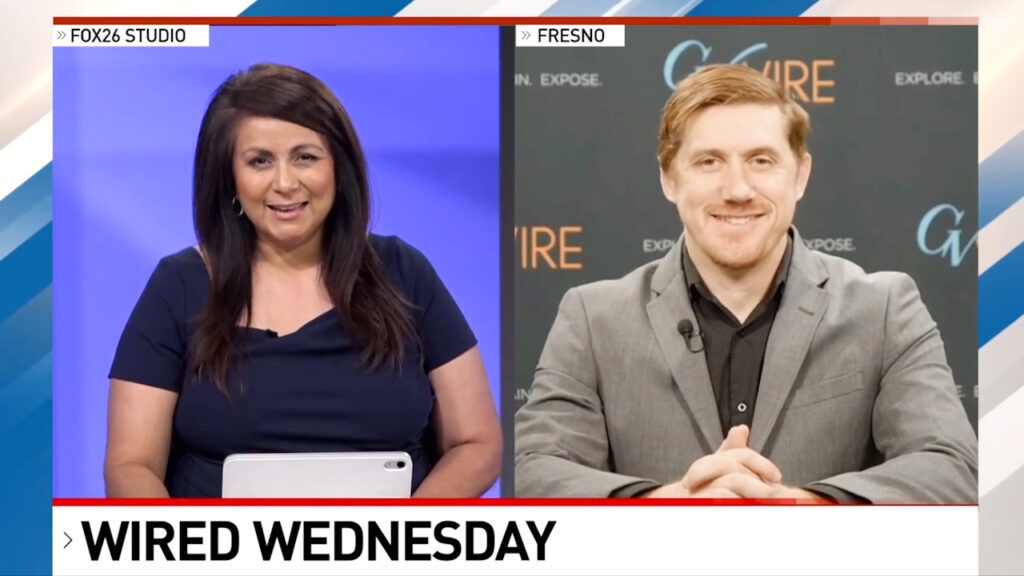Share
Big things are obviously happening in California’s public school system these days and they will certainly affect not only the lives of nearly 6 million K-12 students but the state’s economic and social wellbeing for decades to come.

Dan Walters
Calmatters
Opinion
Unfortunately, however, it’s very unclear how they intertwine and whether the long-term effects will be positive or negative.
To begin, schools are being flooded with many billions of new dollars, much of it from a bumper crop of sales and income taxes, plus another big injection of federal pandemic recovery cash.
The 2021-22 state budget appropriates $123.9 billion in state and local funds for K-12 education. That translates into a record $21,555 per pupil, about double what it was a decade ago, and now in the upper ranks of states.
Enrollment Decline Predicted
Conversely, however, many school districts, particularly those in urban areas, are experiencing financial distress because their enrollments have been dropping. A long-term enrollment slide caused by declining birth and immigration rates is compounded by pandemic-related effects. Some parents refuse to send their children to school due to COVID-19 fears and others because they oppose mandatory vaccination.
Enrollment is down by more than 160,000 this year and the state Department of Finance projects a 700,000-student decline from pre-pandemic levels by 2031.
While school district revenues are determined largely by enrollment, the state froze those formulas as the pandemic erupted and schools were shuttered last year. It protected districts from calamitous revenue losses in the short run and school officials are pressing Gov. Gavin Newsom and legislators to protect them from longer-term declines by modifying enrollment-based financing.
Speaking of which, for nearly a decade, much state school aid has been allocated not on enrollment alone, but by demographic characteristics. Districts with substantial numbers of poor and English-learner students have received extra per-pupil grants with the expectation that the money will close the “achievement gap” between them and their more privileged classmates. About 60% of K-12 students are considered “high needs.”
Local Control Funding Is Largely a Failure
Former Gov. Jerry Brown championed the Local Control Funding Formula (LCFF) but refused to have the state monitor whether the billions of extra dollars were being spent on educating the targeted kids and whether it was, indeed, improving their academic achievement. He said he trusted local school officials to do the right thing.
In the absence of state oversight, the LCFF’s efficacy has never been evaluated – until now. This month, the Public Policy Institute of California produced a comprehensive overview, packed with data and analysis. The oversimplified bottom line is that just over half of the extra money is being spent on schools whose students generated it and so far, it appears to have had a marginally positive impact.
The new state budget doubles down on LCFF on the official presumption that it works but the PPIC study indicates that effectiveness hinges on its funds being concentrated and spent wisely on kids needing help the most. It also indicates that if we move away from enrollment-based financing as local officials seek, tightening up LCFF to truly narrow the achievement gap must be one factor.
Finally, Newsom recently signed Assembly Bill 599, which puts new teeth into a landmark 2004 court case that ordered local districts to ensure that their low-performing schools are in good repair and have up-to-date instructional materials and properly certificated teachers. By defining them, it establishes a list of 2,000 schools that must be inspected for compliance.
Will more money, more insight, and more oversight raise California’s shamefully poor academic performance vis-à-vis those of other states – even arch-rival Texas? Our future depends on it.
About the Author
Dan Walters has been a journalist for nearly 60 years, spending all but a few of those years working for California newspapers. He began his professional career in 1960, at age 16, at the Humboldt Times. For more columns by Walters, go to calmatters.org/commentary.
[activecampaign form=19]


















